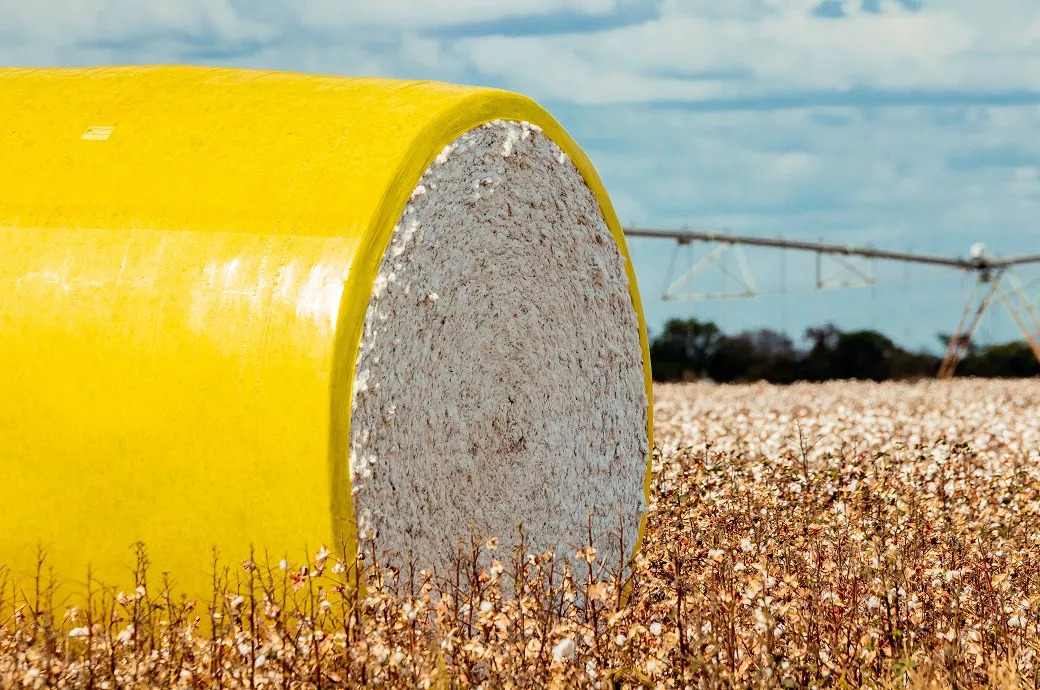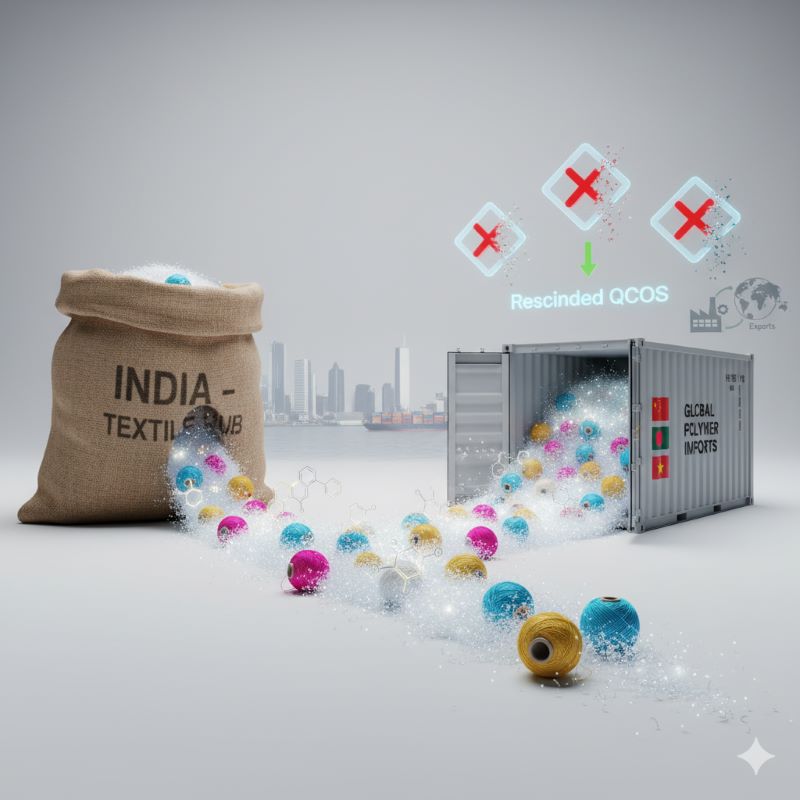The operating rate of Chinese polyester yarn mills in July to September was much lower than that in the same period last year. Polyester yarn prices moved in line with raw material prices. They have hit the lowest since 2017. Most spinners have started to sell at around cost line, but even so sales are not moving smoothly. Some spinners suffered huge losses as they stocked up on polyester staple fiber or accumulated finished products, and some can run normally only by production cuts and cautious operations. Small and medium-sized spinners have been forced to cut production. In the meantime, end-user fabric plants are running at a low rate.
With so many unfavorable factors, the market will find it difficult to improve. If end-user demand does not recover, this situation may last until next year and the overall operational environment will continue to be burdened. The sustained depression in the polyester staple fiber market has made a dent in the vitality of the market and the wait-and-see attitude adopted by downstream players also hamper the sales of polyester yarn. As raw materials for cotton textile, cotton, viscose staple fiber and polyester staple fiber all face huge pressure in 2019. The sentiment of these three markets have cooled down and finished products are also affected negatively.
Chinese polyester mills lower operating rate
- 1
- 2
- 3
- 4
- 5
- 6
- 7
- 8
- 9
- 10
A Punishing Paradox: Is Made in America unravelling the US textile industry?
The Make America Great Again (MAGA) is initiative aimed at breathing new life into US manufacturing, but its impact on... Read more
India's Textile Sector Sews Up Global Trade Alliances in Singapore: Focus on FTA…
The future of India’s textile and textile machinery sector is poised for exponential growth, driven by strategic international collaborations, notably... Read more
QCO rollback and export boost, the two-step formula powering India’s textile com…
November 12, 2025, could go down as a watershed date in India’s textile history. In a single day, the government... Read more
Cotton's Comeback: Brazil's blueprint for a natural fiber renaissance
The global textile industry operates on an assumption: natural fibers are nearing their ceiling of growth, with future demand almost... Read more
India's $2.92 bn export surge drives focus on performance, policy at Techtextil …
In line with its momentum to establish itself as a global textile manufacturing powerhouse, India is accelerating its focus on... Read more
Fashion’s new equation, profits meet planetary limits at Lisbon’s Textile Exchan…
The Textile Exchange Conference 2025, held under the theme ‘Shifting Landscapes’, marked more than another industry meet-up; it was a... Read more
India Scraps QCOs on Polyester, Polyester Fibre: A level playing field or domest…
In a major policy reversal, the Ministry of Chemicals and Fertilizers, through a notification in the Gazette of India dated... Read more
Is secondhand fashion the new fast fashion?
The fashion industry has long touted secondhand shopping as a silver bullet for sustainability, a movement that redefines style through... Read more
Source Fashion 2026: Championing collaboration to drive sustainable supply chain…
Europe’s premier fashion sourcing show, Source Fashion, is set to double down on the power of collaboration for its upcoming... Read more
Bharat Tex 2026: A premier event for the global textiles and apparel industry
A key consortium of leading Export Promotion Councils (EPCs) and industry associations, the Bharat Tex Trade Federation (BTTF) is set... Read more












